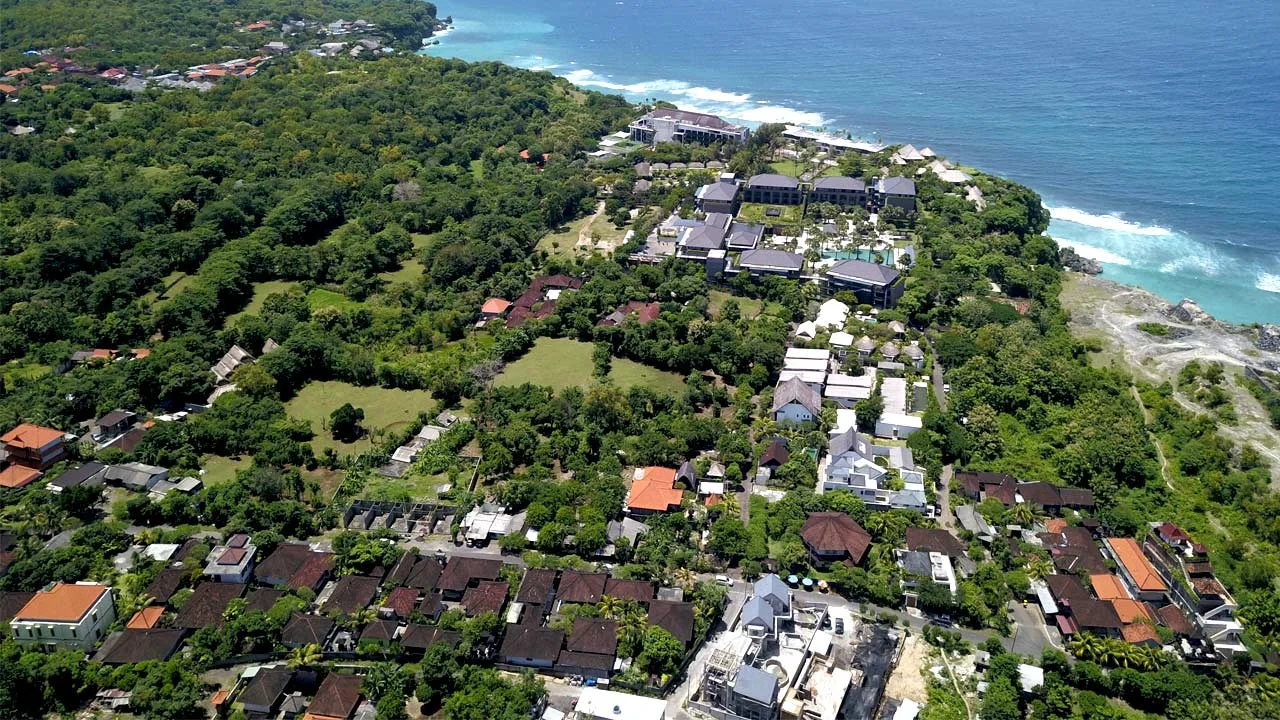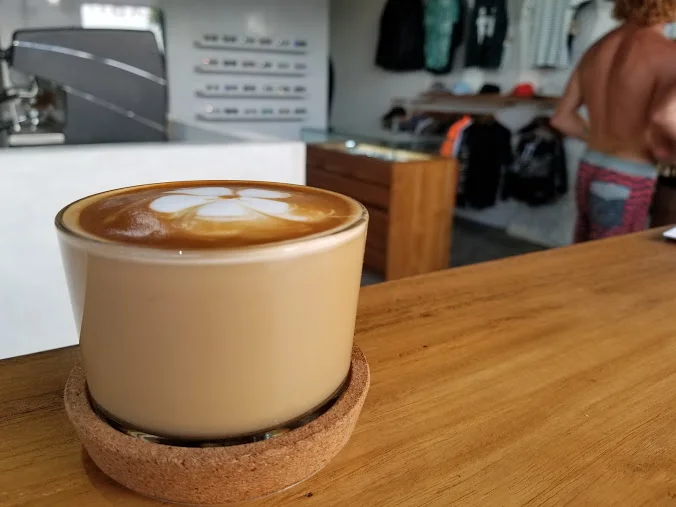As a long-time resident and avid surfer in Uluwatu, I’ve witnessed firsthand the remarkable transformation of this once-sleepy surf village into a bustling hub of activity and development. While the influx of tourists and the rise of infrastructure have undoubtedly brought changes to our beloved coastal paradise, navigating this wave of development has been an intriguing journey filled with both challenges and opportunities.
Uluwatu’s evolution is undeniable. What was once a hidden gem known only to a few adventurous surfers has now become a must-visit destination on the global travel map. The construction of luxury resorts, boutique hotels, and trendy cafes has reshaped the landscape, offering visitors a range of accommodations and dining options. As someone deeply rooted in the local surf community, I’ve watched as surf shops, yoga studios, and beach bars have sprung up, catering to the diverse needs of travelers seeking sun, surf, and soulful experiences. Uluwatu stands out as one of Bali’s vibrant regions, drawing in visitors from far and wide to experience its unique blend of surf, culture, and natural beauty.
Despite the rapid development, the heart and soul of Uluwatu remain firmly rooted in its world-class waves and vibrant surf culture. Surfers from across the globe still flock to our shores in pursuit of that perfect barrel or sunset session at iconic breaks like the Bombie, Temples, and Padang Padang. While navigating the lineup may be more crowded than before, there’s a sense of camaraderie among surfers, sharing waves and stories amidst the swell of progress.
As development continues to shape the Uluwatu landscape, striking a balance between preservation and progress has become paramount. Efforts to conserve the natural beauty of our coastline, protect fragile ecosystems, and preserve Balinese culture are essential to ensuring that Uluwatu remains a sustainable and authentic destination for generations to come. However, amidst the wave of development, there have been instances where the community’s consent is divided.
One such example is the contentious Cube Apartment development project, which has sparked heated debate among residents and environmental advocates. Many locals and surfers are vehemently opposed to the Cube Apartment project, citing concerns about its environmental impact, increased congestion, and disruption of the area’s unique character. This conflict underscores the importance of community engagement and consensus-building in the development process, emphasizing the need for responsible and inclusive growth that respects the wishes and values of Uluwatu’s residents. Efforts to address such concerns and find mutually beneficial solutions are essential in ensuring that Uluwatu’s development remains sustainable and in harmony with the needs of both the community and the environment.
Looking ahead, the future of Uluwatu holds endless possibilities. While challenges such as overdevelopment, traffic congestion, and environmental degradation loom on the horizon, there’s also immense potential for innovation, collaboration, and community-driven solutions. As surfers and stewards of the sea, we have a responsibility to protect and preserve the places we love, ensuring that Uluwatu remains a beacon of surf culture, natural beauty, and sustainable tourism for years to come.
In the ever-changing landscape of Uluwatu, one thing remains constant: the timeless allure of its waves and the indomitable spirit of its surf community. As we navigate the waves of development, let us do so with reverence for the past, mindfulness in the present, and optimism for the future. Together, we can ride the tides of change while preserving the essence of what makes Uluwatu truly special – its waves, its people, and its unwavering spirit of aloha.
With salt in my hair and sand between my toes, I’ll continue to embrace each dawn patrol and sunset session, cherishing the magic of Uluwatu and the endless possibilities that lie beyond the horizon.


